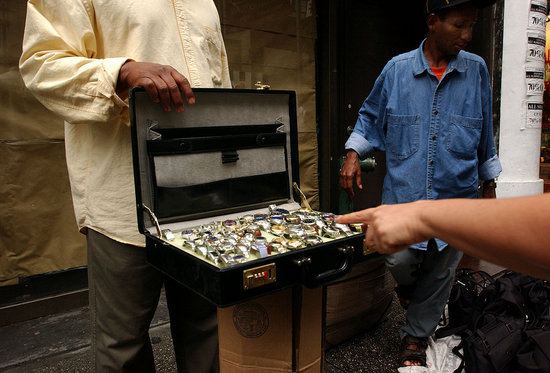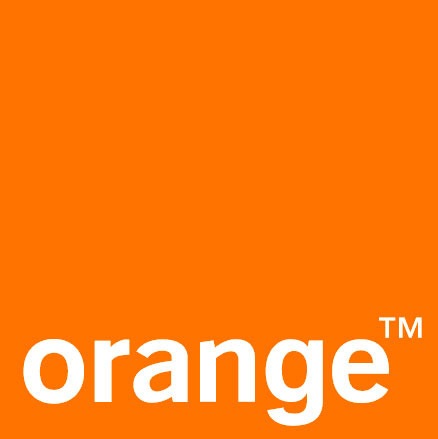 This is one of the many copy protection websites out there today, they help you find those websites that have completely copied your wording and other things like that, it works very well but kinda makes you realise.
This is one of the many copy protection websites out there today, they help you find those websites that have completely copied your wording and other things like that, it works very well but kinda makes you realise.Tuesday 2 December 2008
CopySacpe
 This is one of the many copy protection websites out there today, they help you find those websites that have completely copied your wording and other things like that, it works very well but kinda makes you realise.
This is one of the many copy protection websites out there today, they help you find those websites that have completely copied your wording and other things like that, it works very well but kinda makes you realise.About counterfeit
Media products
Compact Discs, videotapes and DVDs, computer software and other media which are easily copied can be counterfeited, and sold through vendors at street markets, night markets, mail order, and numerous Internet sources, including open auction sites like eBay.
Music enthusiasts may use the term "bootleg recording" to differentiate otherwise unavailable recordings from counterfeited copies of commercially released material.
In India, copies of bestselling books with photocopied jackets sell for a fraction of the genuine retail price. They are openly sold on streetcorners, with hundreds of copies spread out on blankets
Counterfeit.

 The higher quality/expensive items also have big problem with counterfeit goods especially watches, ever been on holiday and been shown a box of watches for really cheap?
The higher quality/expensive items also have big problem with counterfeit goods especially watches, ever been on holiday and been shown a box of watches for really cheap?Counterfeit
 Image from http://webpages.csus.edu/~ot28/mis175/
Image from http://webpages.csus.edu/~ot28/mis175/Not limited to graphic design.
 There are many different kinds of disciplines out there, and just as many copycats, waiting to pounce on someone creative. these glasses are another obvious case of copyright infringement.
There are many different kinds of disciplines out there, and just as many copycats, waiting to pounce on someone creative. these glasses are another obvious case of copyright infringement.What is a Patent? Relevant to us?
A patent is a legal right granted by the government to the inventor of an invention, which allows that inventor to prevent others from using the invention (in other words, the patent owner has a monopoly over his invention). Specifically, for a limited amount of time (currently 14 or 20 years, depending on the type of patent), nobody can make, use or sell the invention without the patent holder’s permission. After that limited amount of time, the patent passes into the public domain.
But because an inventor gets this monopolizing right, he is required to fully disclose information about how to make and use the invention. The actual paper patent includes this information, and once it is issued, the patent is publicly available so that the public can access and learn from it.
A Patent is a type of copyright for inventors and very very few things that we do in design/art would fall into that category. So it is not really relevant to use like the other subjects are.
How long do they all last?
What's the difference between a Trademark and copyright?
A trademark or trade mark, identified by the symbols ™ and ®, or mark is a distinctive sign or indicator used by an individual, business organization or other legal entity to identify that the products and/or services to consumers with which the trademark appears originate from a unique source of origin, and to distinguish its products or services from those of other entities. A trademark is a type of intellectual property, and typically a name, word, phrase, logo, symbol, design, image, or a combination of these elements. There is also a range of non-conventional trademarks comprising marks which do not fall into these standard categories.
The owner of a registered trademark may commence legal proceedings for trademark infringement to prevent unauthorized use of that trademark. However, registration is not required. The owner of a common law trademark may also file suit, but an unregistered mark may be protectable only within the geographical area within which it has been used or in geographical areas into which it may be reasonably expected to expand.
A trademark is something you have to register and pay for, but is a lot more concrete than normal copyright, because you have it all on file when you register it.
But a trademark lasts for less time than copyright, because you have to keep trading and registering your trademark every so often.


Orange said it was starting proceedings against the Easymobile service for trademark infringement.
Easymobile uses Easygroup's orange branding. Founder Stelios Haji-Ioannou has pledged to contest the action.
The move comes after the two sides failed to come to an agreement after six months of talks.
Orange claims the new low-cost mobile service has infringed its rights regarding the use of the colour orange and could confuse customers - known as "passing off".
Legal battle looms
"Our brand, and the rights associated with it are extremely important to us," Orange said in a statement.
"In the absence of any firm commitment from Easy, we have been left with no choice but to start an action for trademark infringement and passing off."
However, Mr Haji-Ioannou, who plans to launch Easymobile next month, vowed to fight back, saying: "We have nothing to be afraid of in this court case.
"It is our right to use our own corporate colour for which we have become famous during the last 10 years."
The Easyjet founder also said he planned to add a disclaimer to the Easygroup website to ensure customers are aware the Easymobile brand has no connection to Orange.
The new service is the latest venture from Easygroup, which includes a chain of internet cafes, budget car rentals and an intercity bus service.
Easymobile will allow customers to go online to order SIM cards and airtime - which will be rented from T-Mobile - for their existing handsets.
---------------------------------------------------
This is a rather interesting case as before hand i did not realize you could trademark a color in a certain market, and but you can if your product belongs in a different then its ok.
The reason for having such a unique thing trademarked is so customers don't get confused, as long as a random customer off the street can tell the difference between the colors then its acceptable.
Because Orange has been trading with this color in this market for such a long time, easy will more than likely lose the law suit because they only have the color in the different markets.
Monday 1 December 2008
- Attribution (by): Licensees may copy, distribute, display and perform the work and make derivative works based on it only if they give the author or licensor the credits in the manner specified by these.
- Noncommercial or NonCommercial (nc): Licensees may copy, distribute, display, and perform the work and make derivative works based on it only for noncommercial purposes.
- No Derivative Works or NoDerivs (nd): Licensees may copy, distribute, display and perform only verbatim copies of the work, not derivative works based on it.
- ShareAlike (sa): Licensees may distribute derivative works only under a license identical to the license that governs the original work. (See also copyleft.)
Mixing and matching these conditions produces sixteen possible combinations, of which eleven are valid Creative Commons licenses. Of the five invalid combinations, four include both the "nd" and "sa" clauses, which are mutually exclusive; and one includes none of the clauses. The five of the eleven valid licenses that lack the Attribution element have been phased out because 98% of licensors requested Attribution, but are still available for viewing on the website. There are thus six regularly used licenses:
- Attribution alone (by)
- Attribution + Noncommercial (by-nc)
- Attribution + NoDerivs (by-nd)
- Attribution + ShareAlike (by-sa)
- Attribution + Noncommercial + NoDerivs (by-nc-nd)
- Attribution + Noncommercial + ShareAlike (by-nc-sa)
 This is the world renowned symbol for something that is copyrighted, you can say something is copyrighted as soon as its made but as a result of instant copyright you have a much harder time proving to a random person that you were indeed the one that first made it, Which is not a factor when you have to go register something somewhere.
This is the world renowned symbol for something that is copyrighted, you can say something is copyrighted as soon as its made but as a result of instant copyright you have a much harder time proving to a random person that you were indeed the one that first made it, Which is not a factor when you have to go register something somewhere.
Newspaper Website


Obama's stunning layout copied.
